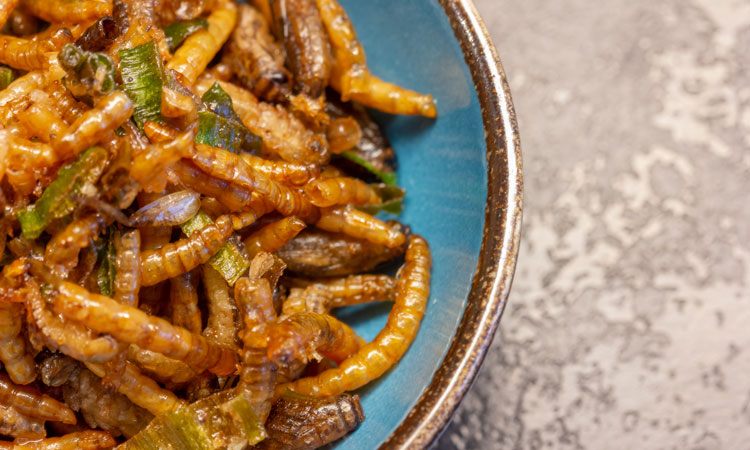
Stanford PhD candidate Anja Malawi Brandon in the lab. But harnessing their biology could present new opportunities for how we deal with waste plastic. When mealworms eat polystyrene – the material used in Styrofoam, and often found in packaging – they excrete half of it as carbon dioxide, and some as partially degraded particles, raising concerns they could add to the growing problem of microplastics – tiny pieces of plastic that can end up in the food chain. It takes around 3,000 to 4,000 mealworms about a week to eat one Styrofoam coffee cup, and it’s the bacteria living in their guts that break down the plastic, says Anja Malawi Brandon, a PhD candidate at Stanford University researching the subject. Scientists have known for some time now about their ability to eat certain plastics, and researchers are now learning more about what’s going on inside mealworms and replicating the process outside them. Growing to more than 2cm long, mealworms are the larval stage of the mealworm beetle. Store dry, dark, and at room temperature.Įating insects can cause allergic reactions to persons allergic to shellfish, mollusks, or house dust mites.Can’t stomach the plastic pollution that washes up on beaches, kills sea life and makes its way into the food chain? Well mealworms can – literally. 2,000 calories a day is used for general nutrition advice.


The % Daily Value (DV) tells you how much a nutrient in a serving of food contributes to a daily diet. Farmed and roasted mealworms (95% tenebrio molitor) from the EU and salt (5%).Įnergy 2067kJ/495kcal, fat 29.4g (of which saturated fatty acids 8.1g), carbohydrates 5.9g (of which sugars 0.0g), fiber 4.6g, protein 51.8g, and salt 4.9g.įDA – Nutrition Facts and Daily Values per Serving Size 1/3 Cup (20g)Ĭalories 100, Total Fat 6g (8%), Saturated Fat 1.6g (8%), Trans Fat 0.0g, Cholesterol (3%), Sodium 390mg (17%), Total Carbohydrate 1g (0%), Dietary Fiber 1g (4%), Total Sugars g, Includes g Added Sugars, Protein 10g (20%), Vit.


 0 kommentar(er)
0 kommentar(er)
